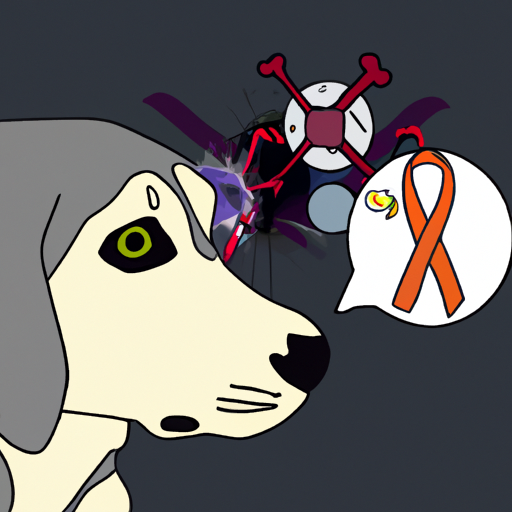Understanding Your Dog’s Superpower
You might be well aware of your furry friend’s excellent sense of smell and how they can sniff out their favorite treats from a mile away. They simply love exploring the world with their noses! Yet, what you might not know is that your canine companion’s remarkable sense of smell can serve a purpose far more profound than finding hidden toys or treats. In fact, they can sniff out diseases, including cancer, in humans.
How Dogs Detect Cancer
Dogs have an astounding olfactory system, allowing them to smell things that humans simply can’t. Their noses have up to 300 million olfactory receptors, compared to a mere six million in humans. This means they can detect smells that are diluted to 1 part per trillion. This remarkable ability, combined with their innate desire to please us, makes them potential lifesavers.
Research has shown that cancerous cells emit unique odors that dogs can detect. Scientists believe this is due to volatile organic compounds (VOCs) released by cancerous cells.
Here’s a breakdown of how dogs detect cancer:
- Training: Dogs are trained to identify the scent of cancerous cells, usually through a reward system.
- Identification: In practice, dogs sniff the patient (usually their breath or urine) to identify the presence of cancer.
- Alert: If the scent of cancer is detected, dogs alert their handler, usually by sitting, staring, or pawing.
The Types of Cancer Dogs Can Detect
Dogs have been trained to detect a variety of cancers, including:
- Lung cancer
- Breast cancer
- Ovarian cancer
- Prostate cancer
- Melanoma
The Role of Dogs in Healthcare
The unique ability of dogs to detect cancer has opened up new possibilities in healthcare. Dogs are being used in clinical trials and research to validate their accuracy and effectiveness. If successful, this could lead to new, non-invasive, and affordable methods of early cancer detection.
| Potential Role of Dogs | Benefits |
|---|---|
| Early detection | Facilitates early treatment, increasing survival rates |
| Non-invasive tests | Reduces stress and discomfort associated with traditional tests |
| Cost-effective | Cheaper alternative to expensive diagnostic tests |
FAQ
Q: Can all dogs detect cancer?
A: Not all dogs are trained to detect cancer, but potentially any dog with the right training could learn to identify the unique scent of cancerous cells.
Q: How accurate are dogs at detecting cancer?
A: Studies have shown that dogs can detect cancer with an accuracy rate of up to 90%. However, further research is needed to validate these findings.
Q: Are dogs used for cancer detection in hospitals?
A: Currently, dogs are primarily used for research purposes. However, if research continues to show promising results, we might see dogs in healthcare settings in the future.
Q: Can a dog replace traditional cancer screening methods?
A: No, dogs should not replace traditional screening methods. Their ability to detect cancer is an additional tool that could be used for early detection and should complement, not replace, traditional methods.
In conclusion, the next time you see your dog sniffing around, remember they’re not just following their noses. They are tapping into a superpower that might one day save lives.



